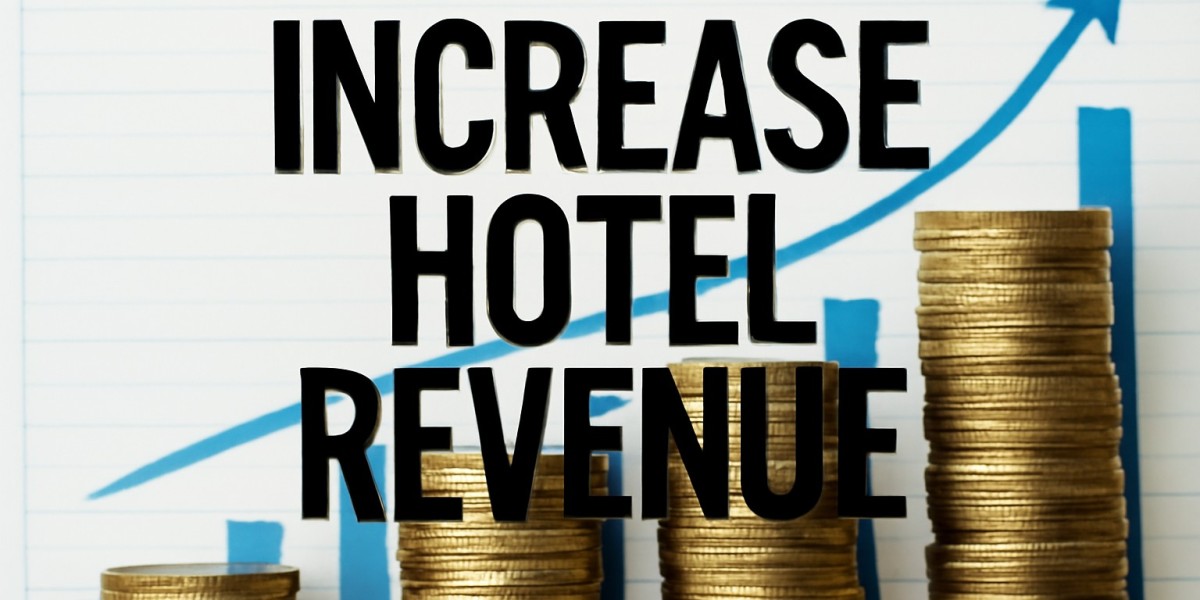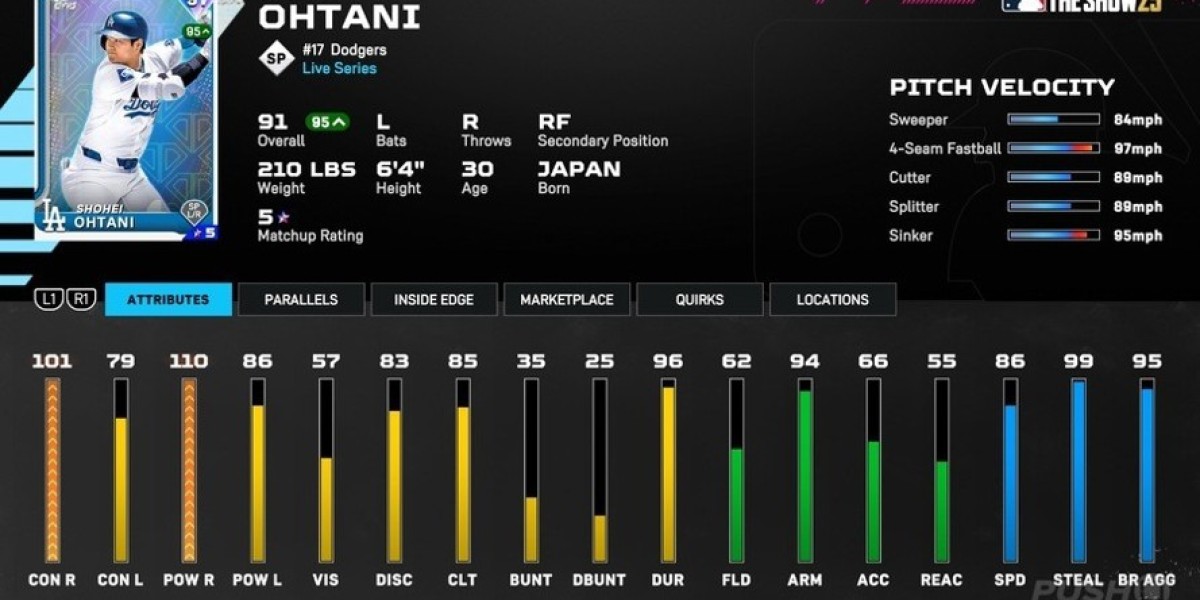Introduction
In today’s competitive hospitality landscape, increasing hotel occupancy rates is more than just a goal. It is the foundation for long-term business growth and consistent revenue. Whether you operate a boutique hotel or manage a large property, occupancy drives profitability, influences guest satisfaction, and strengthens your brand reputation.
The most successful hoteliers understand that filling rooms isn’t about luck. It’s about strategic action, smart marketing, operational excellence, and a guest-focused approach. In this guide, we will walk through seven practical strategies to help you increase your occupancy rate and build a stronger, more resilient business model. Each strategy is backed by real-world applications and adaptable to hotels of any size.
Key Takeaways
Know your ideal guests and tailor your offerings to their needs
Build a powerful digital presence to attract more bookings
Adopt flexible pricing strategies to maximise revenue
Create exceptional guest experiences to encourage loyalty
Build partnerships and collaborations to widen your reach
Train your team to deliver consistent, memorable service
Monitor performance and adjust strategies with data-driven insights
Understanding and Targeting Your Ideal Guests
The journey to increasing occupancy starts with knowing exactly who you want to attract. Business travellers, couples, families, adventure seekers and wellness enthusiasts each have different expectations. Understanding your ideal guest means knowing what they value, what motivates them to book, and what experiences they seek.
Once identified, you can tailor your packages and services accordingly. A hotel targeting families might create bundled offers with discounted family suites and complimentary kids’ activities. A business-oriented property might offer meeting room credits or airport transfers. These thoughtful details make a property stand out and convert browsers into bookers.
Guest feedback also plays a crucial role in this stage. Regularly reviewing comments, surveys, and direct messages helps you spot patterns in guest preferences. This feedback loop ensures your offerings remain relevant and appealing over time.
Building a Strong Digital Presence
Your hotel’s online visibility is one of the most powerful drivers of occupancy. A well-designed, mobile-friendly website is often the first point of contact for potential guests. If the booking experience feels smooth and trustworthy, they’re far more likely to complete their reservation.
Search engine visibility also matters. Incorporating targeted keywords like “increase hotel occupancy rate” throughout your website helps it appear higher in search results. Additionally, optimising local listings and encouraging reviews can significantly enhance your online presence.
Social media platforms add another layer of engagement. Eye-catching visuals of rooms, amenities, and experiences can inspire travellers to imagine themselves in your hotel. Consistent posting and interaction with followers can build trust and drive direct bookings.
Email marketing remains a quiet but powerful engine for occupancy growth. Carefully crafted email campaigns offering limited-time deals, personalised packages, or loyalty discounts can help convert warm leads into confirmed reservations.
Adopting Smart Pricing Strategies
Pricing can make or break your occupancy performance. Guests are often price sensitive, but they are also value driven. Dynamic pricing allows you to adjust rates based on demand, seasonality, and local events. During peak seasons, higher rates make sense, while strategic discounts during slower periods can help maintain steady bookings.
Competitor analysis is another crucial aspect. Regularly reviewing what other nearby hotels are charging helps ensure your pricing remains competitive. Offering last-minute deals can also help fill unsold inventory, turning potential loss into revenue.
Technology plays a big role here. Many hotels now use pricing software to analyse data and adjust rates automatically. This ensures you stay ahead of changing market conditions without constant manual adjustments.
Enhancing the Guest Experience
Exceptional guest experiences are one of the most reliable ways to boost occupancy. A happy guest is more likely to return and recommend your hotel to others. The key lies in making every stay feel personal, comfortable, and memorable.
Simple touches, like personalised welcome notes, complimentary upgrades when possible, or remembering returning guests’ preferences, can make a big difference. Offering unique experiences, such as guided local tours or themed dining nights, can also set your hotel apart from competitors.
Staff training plays a critical role in this. Your team is the face of your property. Friendly, well-informed, and empowered staff can transform an ordinary stay into something unforgettable. This is where many successful hotels gain a loyal customer base and consistent repeat bookings.
Midway through your occupancy journey, this is also an ideal point to explore hospitality sales tips that can enhance your upselling and cross-selling opportunities. Strategic upgrades, personalised add-ons, and targeted promotions can boost both occupancy and average revenue per guest without adding unnecessary pressure on the booking team.
Partnering to Expand Your Reach
Strategic collaborations can help you reach guests who might not have discovered your hotel otherwise. Partnering with local attractions, tour operators, event organisers, or nearby restaurants allows you to create attractive packages that offer more than just a room.
For example, a coastal hotel might collaborate with a boat tour company to create a “stay and sail” package. A property in a cultural district might offer bundled tickets to local museums or festivals. These partnerships increase visibility while adding perceived value to the guest’s stay.
Working with travel platforms and booking agencies can also be beneficial when managed strategically. The goal is to reach wider audiences while maintaining control of your pricing and brand presentation.
Training Your Team for Exceptional Service
Behind every successful hotel is a team that understands the power of great service. Staff training goes beyond basic hospitality skills. It involves empowering employees to anticipate guest needs, resolve issues quickly, and create moments that guests will remember.
Training should also focus on communication, cultural awareness, and product knowledge. When employees can confidently explain hotel amenities, nearby attractions, or upgrade options, it enhances the overall guest experience.
Hotels that invest in team development often see stronger guest loyalty, better reviews, and improved occupancy rates over time.
Tracking Performance and Optimising Strategies
To consistently grow your occupancy, you need to understand what’s working and what isn’t. Tracking performance through key metrics such as Average Daily Rate (ADR), Revenue per Available Room (RevPAR), and booking lead time provides valuable insights.
Data helps you identify trends, understand seasonal patterns, and adjust your strategies proactively. If occupancy dips during certain months, you can implement targeted campaigns or flexible pricing to address it.
Regularly reviewing your performance allows you to refine your approach and make smarter decisions that align with your revenue goals.
Conclusion
Increasing hotel occupancy isn’t about one big tactic. It’s about a series of smart, coordinated strategies that work together to attract the right guests, create memorable experiences, and build long-term loyalty.
When you truly understand your market, strengthen your digital presence, price intelligently, and deliver exceptional service, higher occupancy naturally follows. Add in strong partnerships, team training, and consistent performance monitoring, and you have a solid foundation for sustained success in the hospitality industry.
With the right approach, you can transform empty rooms into thriving opportunities, turning your hotel into a sought-after destination that guests love to return to.
FAQs
1. What is the most effective way to increase hotel occupancy quickly?
Dynamic pricing combined with targeted digital campaigns can deliver fast results by attracting more last-minute bookings.
2. How does guest experience impact occupancy?
A positive guest experience drives repeat bookings and word-of-mouth referrals, which directly contribute to higher occupancy rates.
3. Why is staff training important for occupancy growth?
Well-trained staff provide better service, which boosts guest satisfaction and encourages loyalty.
4. How can partnerships help my hotel?
Collaborations with local businesses and attractions expand your reach and offer guests added value, increasing your appeal.
5. How can performance tracking improve occupancy strategies?
Data insights help you identify trends, adapt pricing, and refine marketing strategies for stronger booking performance.



